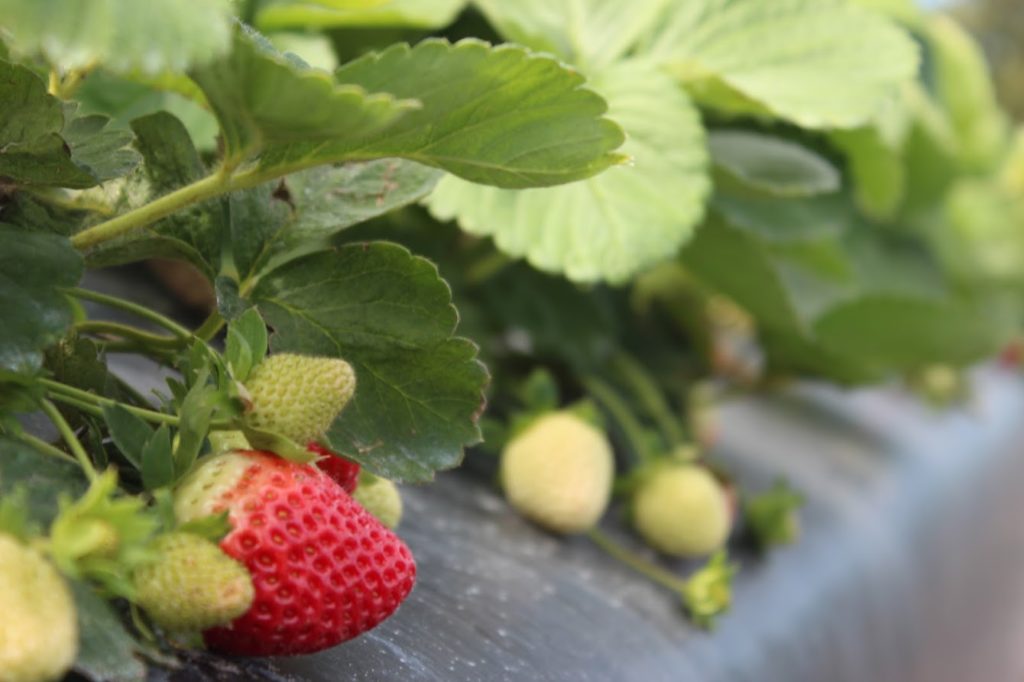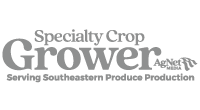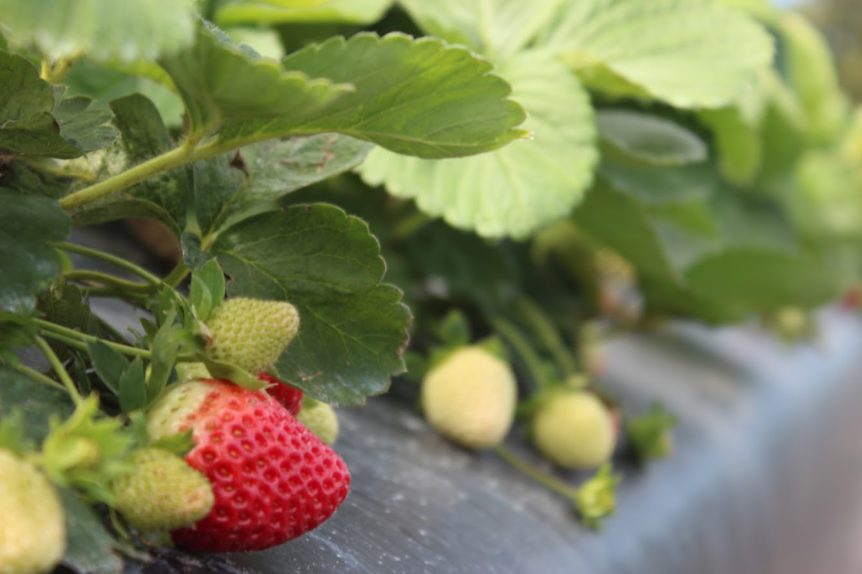
By Clint Thompson
Anthracnose disease is a yearly concern for strawberry producers in the Southeast. But its severity will largely hinge on the environmental conditions this spring. Because that’s the case, anthracnose may be a problem this year for growers and it may not, says Phil Brannen, University of Georgia (UGA) Cooperative Extension fruit disease specialist.
“If we have a dry year going forward, we may not have anthracnose. Sometimes it will come in with transplants but that’s much rarer these days than it used to be for a period of time. If we have a wet, hot, warm year, in late spring in particular, that’s when we’ll see anthracnose pop up,” Brannen said. “Some years we have very little of it. If it’s relatively drier and cooler as well, we don’t see a lot of it. Then we can have a year where it’s wet and hot, in the late spring in particular, and we’ll have a tremendous outbreak of it.
“We’re always aware of it and always thinking about it and we try to prevent it. But it is variable from year to year.”
According to the University of Florida Institute of Food and Agricultural Sciences, anthracnose fruit rot lesions appear as dark, sunken spots on infected fruit. Lesions are larger on ripening fruit compared to green fruit. During wet weather, the lesions become covered with sticky, light orange ooze, and during favorable weather conditions, multiple lesions nearly cover the fruit.
Exclusion is the best way to control the disease. Transplants should be obtained from pathogen-free nurseries. Growers should also avoid moving personnel and equipment from diseased to healthy fields without proper cleaning. Varieties like Sensation, Radiance and Brilliance have high levels of resistance to the disease.










